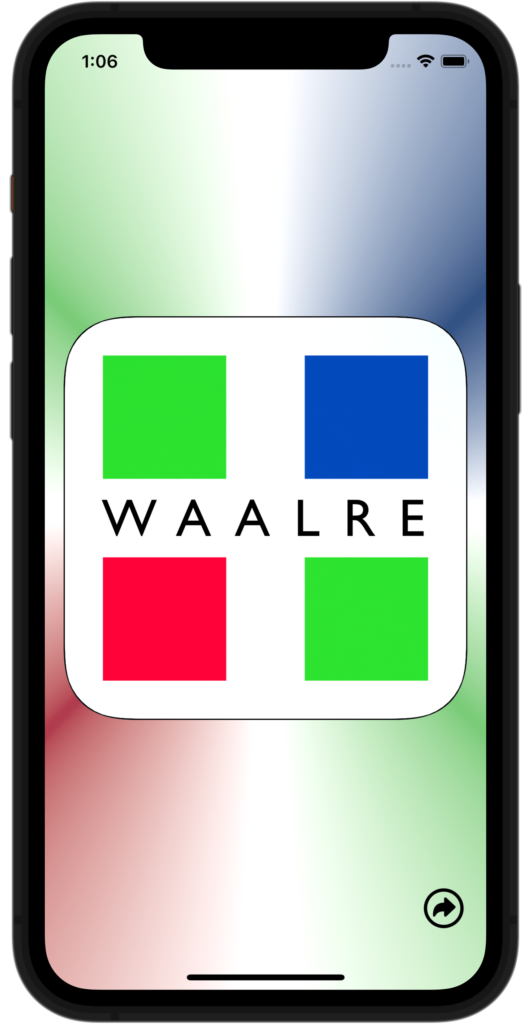Fotogroep Waalre app goes open source

The Swift source code of the Fotogroep Waalre app is now in a GitHub repository. This allows software developers who are interested in photography to join in.


The Swift source code of the Fotogroep Waalre app is now in a GitHub repository. This allows software developers who are interested in photography to join in.

Release 2.5.0 of the Photo Club Hub iOS app is now available on Github and Apple’s App Store. The main changes are: What’s next? As you can see on GitHub, a next update will improve the Maps on the Photo Clubs page. This is because Apple’s MapKit framework for SwiftUI has changed in iOS17, and some old…
Instructions for factoring out a Swift Package from an existing Swift project. Based on a video tutorial by Stewart Lynch.
Git, Linus Torvald’s version control system, is pretty unescapable nowadays. I methodically installed Git in a basic Xcode Swift project, along with Git-Crypt. The latter allows you to encrypt certain of the files that you published using Git. Publishing source code while encrypting a file or two may sound like a strange combination. But it…
FTP SFTP FTPS Security technology None / old SSH TLS URL my.domain.com sftp://my.domain.com my.domain.com(configure client to use FTPS) Ports that must be opened 21 22 21, plus passive port range Passwords, passkey, public/private keys plaintext passwords (!) public keys public keys User privileges flexible full access privileges flexible FileZilla client support YES YES YES Lightroom…
This posting lists and discusses various online tutorials about how to set up WordPress using Docker and NGINX on a self-managed Linux server. This is sometimes known as LAMP: Linux, Apache, MySql, PHP. Or LEMP: Linux, (E)nginx, MySQL, PHP. All this is trivial if the hosting provider handles the details. And is still relatively doable…
Github contributors have a page with a well-known graphic showing how active they were in, for example, the last 12 months. The horizontal axis is weeks, the vertical axis is within the week (Sunday is the top row). The intensity shows how many “contributions” they made to any public repository on Github. The color scales…